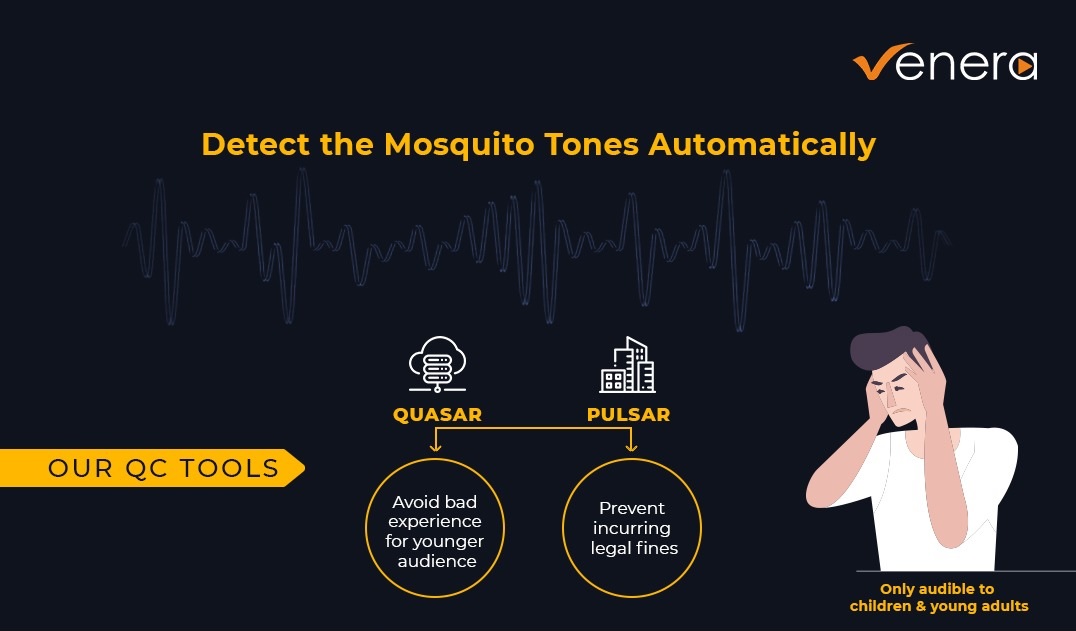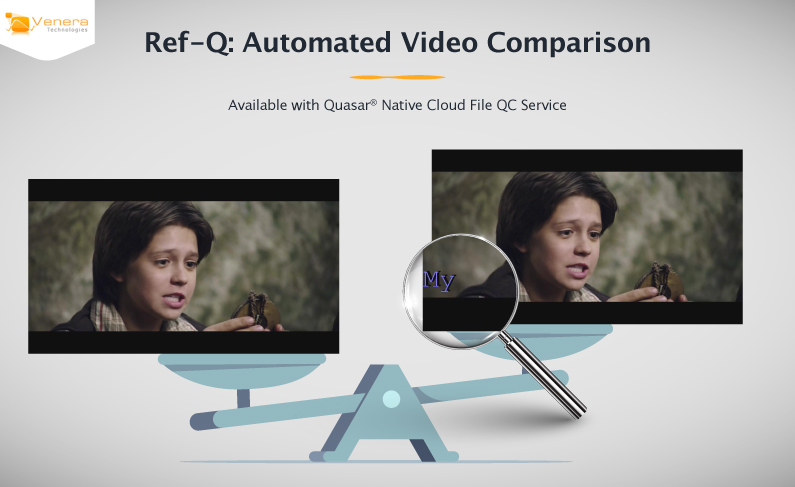
Jan 20, 2022
Mosquito Tone! Does this give the impression that it has something to do with mosquitos?
Well, it does relate to tones with the buzzing sounds similar to the noise made by a mosquito but it is not directly related to ultra-sonic mosquito repellant devices in any way.
Humans can hear the sounds between frequencies of 20 Hz to 20 KHz.
Mosquito tones are high-frequency tones, normally above 17 KHz.

These tones are inaudible by adults but can be heard by teenagers. Yes, you read it correctly! Teenagers can hear mosquito tones but adults cannot. That is because it is normal for people to lose their hearing as they age and as a result, they are unable to hear the higher frequency sounds. With age, the audible audio frequency range continue to narrow down with losses towards the high frequency. The actual audible range can vary across individuals who are similar in age.
While there are both desired and undesired uses of mosquito tone in various applications, presence of mosquito tone is generally not acceptable in the media content delivered by various content delivery services. Presence of mosquito tones can cause severe degradation in user experience for the younger population. Infants & toddlers hearing systems can be severely impacted by the presence of such tones as the adults will not even notice their presence while unknowingly exposing kids to them for an extended period of time.
It is therefore important for content providers to ensure mosquito tones are not present in the delivered content. This is where the challenge comes in.
Most of the QC operators working with content providers are adults and as a result will inevitably miss the mosquito tone even if it is present in the content. So, performing a full manual QC of the audio is certainly not sufficient to detect this. Missing such signals can prove to be very expensive for content providers in terms of increased churn as well as related legal liability, as this could be potentially harmful to the public health. In case of delivery mediums like television, the negative effect could be very wide-spread due to the inherent broadcast nature of the delivery medium.
Therefore, since it is clear that manual QC for detection of these tones will not work, using a QC tool that can performance a reliable detection of mosquito tones is necessary.
Venera’s QC tools – Quasar & Pulsar, perform audio spectrum analysis and can reliably report the presence of mosquito tones in the content. Users have the flexibility to define the frequency range for these tones, and all the mosquito tones in that range will be reliably reported for user’s review. Moreover, all such tones can be detected in an automated manner, thereby improving the workflow efficiencies significantly while saving content providers from any claims downstream.
Visit www.veneratech.com/pulsar to read more about Pulsar™ and request a free trial.
Visit www.veneratech.com/quasar to read more about Quasar® and request a free trial.

Jul 19, 2021
A novel approach for automating the detection of differences between versions of media content.
Did you know that a major studio may end up creating 300-400 versions of a premium title for distribution? Well, that certainly happens, and often!
This happens because of the following scenarios:
- Different content edits needed for different locations and customers
- Different texted versions of the content for different languages
- Multiple delivery formats
- Both HDR/SDR versions to be delivered for various distribution channels
Validating all the content versions for editorial and quality accuracy can be daunting and will require numerous, expensive person-days in order to complete. Even after investing all that time, the process still remains error-prone as it is very tedious and subject to human error. This may lead to operators missing important differences, resulting in heavy costs for the content providers in terms of content reproduction as well as impact on their reputation.
Ref-Q™, is a new reference based automated video comparison technology from Venera Technologies, available as a feature within Quasar® native-cloud QC service. It can significantly reduce the overall cost of the validation process by producing predictable and accurate results much faster and at much lower cost, while allowing your teams to focus on the core business activities. Your team needs to only review the differences reported by Ref-Q™ and decide whether to accept or reject those differences. Ref-Q™ works 24×7 for you in an automated manner, allowing you and your team to invest time on activities that requires human intervention.
Use cases
Following are the common use cases where detailed frame-by-frame comparison is needed:
1. Transcoding issues
On occasions, frame dropouts or significant degradation may be introduced due to the transcoding process. This may lead to introduction of black frames, colored frames or significant drop out artifacts being introduced in the frames. This may happen only for a few frames and so can be potentially missed during the manual QC process.

Ref-Q™ can automatically compare the source and transcoded versions of the content and report the difference segments.
2. HDR/SDR versions
HDR capability is commonly available in television sets today and therefore it is common for content providers to deliver both the HDR and SDR versions of the content. HDR and SDR versions for a particular delivery must be exactly the same structurally. Even the minor differences in the structure of the HDR and SDR versions can lead to rejection of the file by the customer. In other words, the same texted version must be delivered to a particular country/customer in both the HDR and SDR versions. This is very difficult to validate manually.

Ref-Q™ can perform automated comparison of HDR and SDR version of the content, and report if any structural differences between the two versions are found.
3. Texted/Textless version comparison
In addition to the comparison for HDR/SDR versions of the same texted delivery, there is also a requirement to spot all texted segments within a content. Doing this manually is tedious, error-prone and costly.

Ref-Q™ can allow you to compare the textless and texted version of the content frame by frame, and report all the locations where the text has been overlaid on the video.
As an output of the QC process, you get a XML/PDF report with start/end timecodes of all difference segments. You may review these segments and make the appropriate decisions.
Ref-Q™ is offered as part of our Native Cloud QC service called Quasar®. All the advanced scaling and security capabilities of Quasar® are also available for Ref-Q™ analysis jobs. You can process hundreds of Ref-Q™ jobs at the same time, allowing immense scalability. To put things in perspective, a set of one-hour files that your manual resources could take a few hours to compare can be completed by Ref-Q™ in fraction of that time. This allows for significant business benefits with fast turn-around times and accurate automated analysis requiring only minimum manual review.
With its monthly or annual subscription based pricing, as well as its industry-first ad-hoc usage-based pricing, Quasar® and its Ref-Q™ feature is available to media companies of any size as well as media professionals.
We also offer a free trial for Ref-Q™, allowing you to test your files on our SaaS platform without any prior commitments.
Get in touch with us today at sales(at)veneratech.com to learn more and request a free trial.







